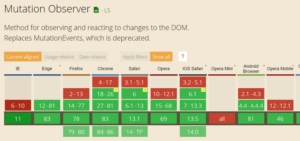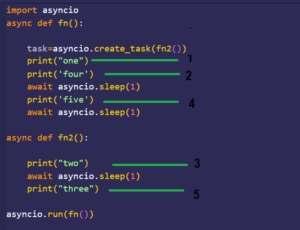Unveiling Android 8 Oreo: A Comprehensive Exploration of Features, Improvements, and Innovations

In the ever-evolving landscape of mobile operating systems, Android stands as a beacon of innovation, constantly pushing boundaries and setting new standards for user experience and functionality. With each iteration, Android seeks to refine and enhance the user interface, optimize performance, and introduce exciting new features that elevate the mobile computing experience. Android 8 Oreo, released in August 2017, represented a significant milestone in the evolution of the Android platform, introducing a host of improvements and innovations designed to delight users and empower developers. In this comprehensive exploration, we delve deep into the world of Android 8 Oreo, uncovering its features, improvements, and the impact it has had on the Android ecosystem.
Evolution of Android 8 Oreo
Android 8 Oreo, the eighth major release of the Android operating system, built upon the foundation laid by its predecessors while introducing several noteworthy enhancements and refinements. Codenamed “Oreo” after the popular sandwich cookie, this release aimed to deliver a smoother, faster, and more efficient user experience, with a focus on performance optimization, battery life improvements, and enhanced security features. From the introduction of picture-in-picture mode to the implementation of Project Treble for faster updates, Android 8 Oreo brought a plethora of innovations to the Android ecosystem, solidifying its position as a leading mobile platform.
Notable Features of Android 8 Oreo
- Picture-in-Picture Mode: Android 8 Oreo introduced picture-in-picture mode, allowing users to multitask more effectively by watching videos while using other apps. This feature enabled users to minimize video playback into a small window that could be moved around the screen, providing greater flexibility and convenience.
- Notification Channels and Snooze: With Android 8 Oreo, Google introduced notification channels, enabling developers to categorize notifications into different channels based on their type or importance. Additionally, users gained the ability to snooze notifications, temporarily dismissing them and having them reappear after a specified period, reducing distraction and improving productivity.
- Autofill Framework: Android 8 Oreo introduced the Autofill Framework, making it easier for users to fill in forms and login credentials by securely storing and automatically filling in information across apps and websites. This feature streamlined the login process and enhanced user convenience while maintaining robust security standards.
- Project Treble: Perhaps one of the most significant changes introduced in Android 8 Oreo was Project Treble, a major architectural overhaul aimed at modularizing the Android operating system to accelerate the deployment of software updates. By separating the vendor implementation from the core Android framework, Project Treble simplified the process of delivering updates to devices, reducing fragmentation and ensuring a more consistent user experience across the Android ecosystem.
- Battery Life Improvements: Android 8 Oreo implemented several optimizations to improve battery life and performance, including background execution limits, which restricted background processes to conserve battery and enhance device responsiveness. Additionally, features such as Doze mode and App Standby further optimized power consumption by intelligently managing background activity and resource usage.
- Security Enhancements: Android 8 Oreo introduced numerous security enhancements to protect user data and privacy, including Google Play Protect, a built-in malware protection system that scanned apps for security threats. Additionally, the introduction of security enhancements such as Secure Boot and Verified Boot strengthened the integrity of the Android platform, safeguarding against unauthorized modifications and tampering.
Impact on the Android Ecosystem
The release of Android 8 Oreo had a significant impact on the Android ecosystem, influencing device manufacturers, app developers, and end-users alike. For device manufacturers, Android 8 Oreo represented an opportunity to deliver faster updates and improve the overall user experience by leveraging Project Treble and other performance optimizations. App developers, meanwhile, embraced new features such as notification channels and Autofill Framework, enhancing their apps with greater functionality and usability. End-users benefited from improved battery life, enhanced security, and a more seamless multitasking experience, making Android 8 Oreo a highly anticipated and well-received update.
Conclusion
In conclusion, Android 8 Oreo marked a significant milestone in the evolution of the Android platform, introducing a wealth of features, improvements, and innovations that have shaped the mobile computing landscape. From the introduction of picture-in-picture mode to the implementation of Project Treble, Android 8 Oreo brought a host of enhancements designed to deliver a smoother, faster, and more secure user experience. As the Android ecosystem continues to evolve, Android 8 Oreo remains a testament to Google’s commitment to innovation and excellence, setting the stage for future advancements in mobile technology. With its legacy of performance optimization, battery life improvements, and enhanced security features, Android 8 Oreo continues to empower users and inspire developers, driving the Android platform forward into a future filled with endless possibilities.




